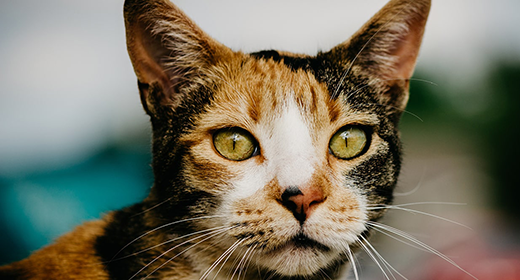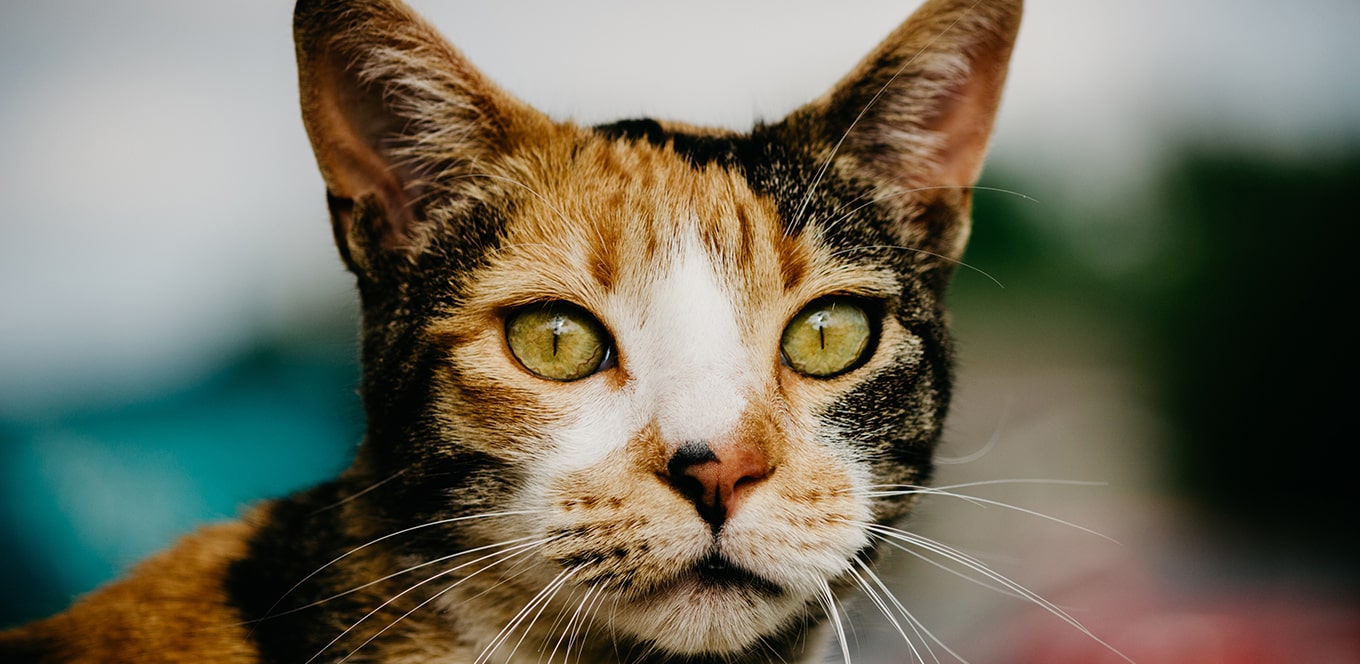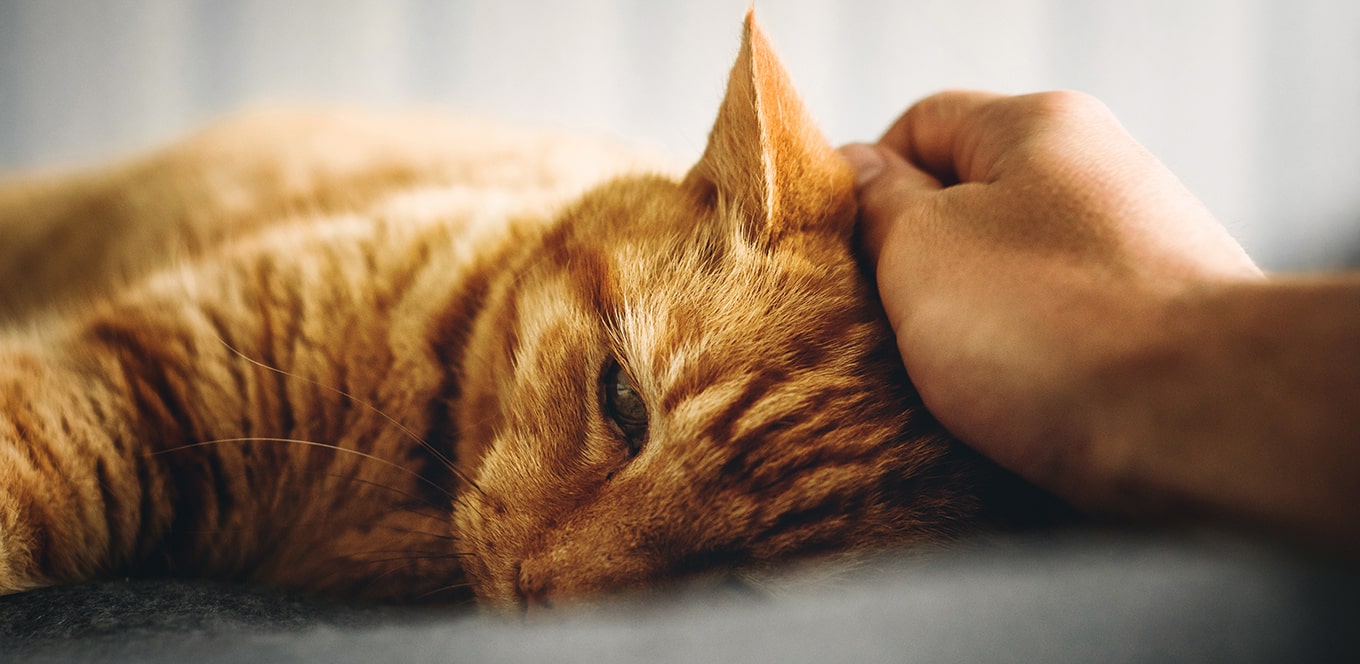

Antioxidants are good for your cat because they play a key role in minimizing damage to cells, including cells of the immune system.
These important, naturally occurring nutrients help maintain health by slowing the destructive oxidative process of cellular molecules. They also can be important in supporting immune responses and vaccine recognition in cats. This may be especially critical for kittens that are being vaccinated while their immune system is still developing.
Additionally, antioxidants can reverse decreases in immune-cell function for senior cats, increasing them back to healthy adult levels.
Antioxidants are nutrients found naturally in the body and in plants such as fruits and vegetables. Common antioxidants include vitamin C, vitamin E and certain compounds called carotenoids (including lutein and beta-carotene). A blend of several antioxidants in moderate amounts may be more effective than high levels of one antioxidant.
As cells function normally in the body, they produce damaged molecules called free radicals. These free radicals are highly unstable and steal components from other cellular molecules, such as fat, protein or DNA, thereby spreading the damage.
This damage continues in a chain reaction, and entire cells soon become damaged and die in a process called peroxidation. Peroxidation is useful because it helps the body destroy cells that have outlived their usefulness and kills germs and parasites. However, when left unchecked, peroxidation also destroys or damages healthy cells.
Antioxidants help prevent widespread cellular destruction by willingly donating components to stabilize free radicals. More importantly, antioxidants return to the surface of the cell to stabilize rather than damage other cellular components.
When there are not enough antioxidants to hold peroxidation in check, free radicals begin damaging healthy cells, which can lead to problems. For example, free radical damage to immune cells can lead to an increased risk of infection.
Because antioxidants play a key role in minimizing damage to cells, such as those that make up the immune system, recent research examined the benefits of certain antioxidants on the immune response of cats. The results of these studies indicated that antioxidants are important in helping cats maintain a healthy immune system.
The research also showed that each antioxidant benefits the immune system uniquely, so one antioxidant at high levels is not as effective as a group of antioxidants acting together.
| Antioxidant | Source | Function |
|---|---|---|
| Vitamin E | Plant oil extract, tocopherols | Optimizes immune system’s T-cell activation |
| Beta-carotene | Vitamin premix, corn meal, chicken by-product meal and chicken fat | Optimizes types of cells present in the blood, increases antibody levels in the blood and optimizes vaccine recognition |
Recent research also examined the effect of aging on immune responses. The findings indicate that as cats age, immune cell responses may decline. Including antioxidants in your cat’s diet can help reverse the age-related decrease in immune cell function, returning it to healthy adult levels.




Rabies is a dangerous virus that affects the warm-blooded animal kingdom. It spreads through the bite or starch of an infected animal, making the infection easily transmissible amongst animals and humans alike. Since there is no effective rabies treatment yet, the only solution to combat this fatal virus is through vaccination. Veterinarians recommend anti-rabies vaccine for pets to protect them and their humans from this deadly virus.
Anti-rabies vaccine is one of the core vaccines for cats, in addition to the 4-in-1 cat vaccine. It helps prevent the cases of rabies in cats and kittens, contributing to the overall health of your feline friend. However, before getting your cat vaccinated with rabies injections, it is essential to know a few details about this disease and how to prevent it. So, let’s dive right into it.
The rabies virus depends on the host body for survival. As the virus cannot survive outside of the host body, it spreads through open wounds and mucous membranes in the eye, mouth, and nose. The virus transmits through the saliva of the infected animal. If a rabies carrier bites or starches your pet, then it too becomes infected with the virus. Typically, the incubation for rabies in cats ranges from a few days to a few years.
Since rabies is a deadly infection, it is imperative that you, as a cat parent, watch out for its symptoms. So, let’s take a look at a few signs of rabies in cats:
Fever
Lethargy
Low appetite
Difficulty breathing
Hypersalivation
Difficulty swallowing
Abnormal behavior
Curing rabies is not an option post-incubation as there is no proper medication available in the market yet. Hence, keeping this fatal infection at bay is of paramount importance. And how can you do that? By ensuring that your cat is vaccinated with an anti-rabies injection.
Anti-rabies vaccine for cats is a must. Veterinarians monitor rabies shots for both indoor and outdoor cats. While there is a misconception that rabies vastly affects dogs, it can find its way to cats and other warm-blooded animals as well. Cat’s rabies vaccination prepares your indoor kitty to fight the deadly virus. Hence, do not skip on annual booster shots for both indoor and outdoor cats.
While you may think, your indoor cat is safe from the fatal disease, it is best to ensure complete healthcare for its overall well-being. Cats often socialize with outside cats by licking, sniffing, or starching each other. Indoor cats can get the rabies virus if they socialize in this manner with an infected outdoor or stray cat. Anti-rabies vaccination is the best way to avoid any remote possibility of your kitty getting infected. It builds antigens in the cat’s body, so your fur baby can tackle the rabies virus.
Various brands offer anti-rabies vaccines for cats in the market. Hence, it is best to seek a veterinarian’s advice regarding vaccination. They will take multiple factors, such as your kitty’s age, breed, and lifestyle, into consideration before recommending a brand. Similarly, when it comes to the frequency of taking the anti-rabies vaccination, it all depends on the type of vaccine recommended for your pet. If your vet recommends an adjuvant vaccine, your cat might have to be inoculated once every year. On the other hand, if they suggest a non-adjuvant vaccine, you must note that these vaccines are generally administered once in three years.
Anti-rabies vaccine is one of the core vaccinations for cats. It prepares your cat to fight the virus by boosting immunity. The first dose of the anti-rabies vaccine is administered once the kitty turns 12 weeks old. After the initial dose, depending on the type of vaccine, you will need to get your feline friend vaccinated either annually or once in three years.
As a cat parent, you must know the potential side effects of this vaccine. So, let’s take a look at them:
Low-grade fever
Lethargy
Low appetite
Swelling and redness at the injected site
Cat parents should monitor not only the anti-rabies vaccine but also other core vaccines like 4-in-1 cat vaccine, FeVac 5, and 3-in-1 cat vaccine. Regular vaccination and annual health check-ups ensure your kitty leads a healthy life. So, ascertain that you provide your fur baby with all the care it requires.